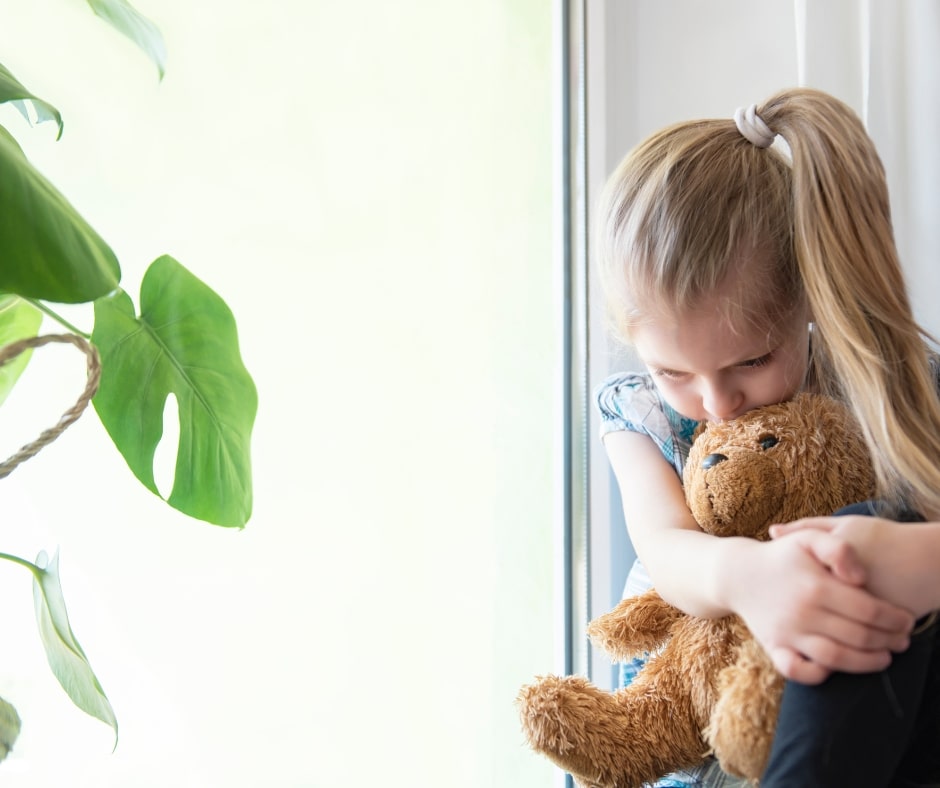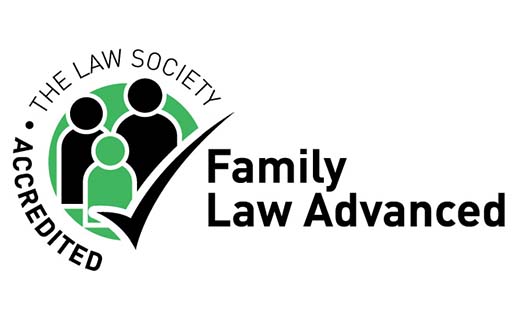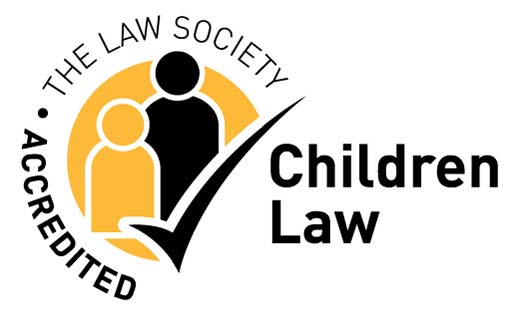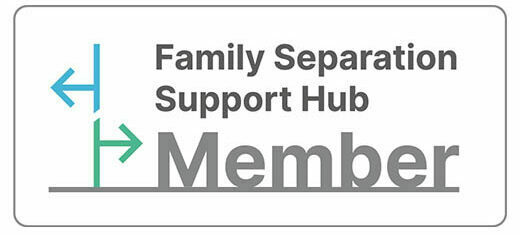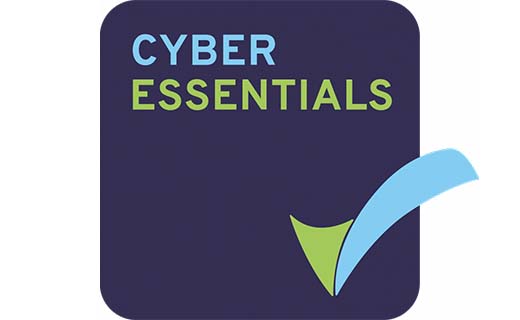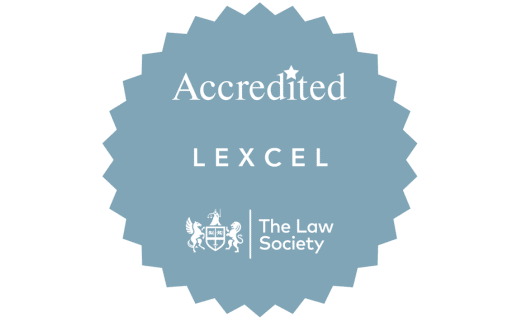Every child has a right to feel safe in their own home, and to have their basic needs met. Unfortunately, there are situations in which a child may be at risk, or in which they are already experiencing a form of harm. In these instances, it’s important that the child is protected, and that their health, their development, their learning, and their overall welfare is prioritised. This can be achieved with a child protection plan.
What is a Child Protection Plan?
A child protection plan, or CPP/CP Plan, is a plan that can help to ensure that children are remaining safe and healthy at home. It is the result of a child protection conference; a meeting that assesses the child’s home situation and examines the most effective ways to improve the child’s welfare. This meeting is usually attended by parents, family members, and the child themselves if they are of a suitable age, along with others who can provide insight into the child’s situation such as social workers.
Not all conferences end with a child protection plan. However, if it is determined that the best course of action is to make some changes, then a CPP can often be the best solution. That’s because the plan can help to make clear the following:
- The risks that the child faces at home
- The potential risks that the child may face if nothing changes
- What changes would help to improve the child’s welfare
- How these changes could have a positive impact
- When these changes are expected to be implemented
- The responsibilities of the parents, family members, and social workers
Once created, a CPP will likely be reviewed at 3 months, and then at 6 month intervals. The plan will remain in place until the child is no longer considered to be at risk, following a court order, if the child leaves the UK, or when they turn 18.
Why is a Child Protection Plan Needed?
Sadly, the number of children that are deemed to be at risk in the UK is growing. Between 2021 and 2022, social workers carried out 10% more welfare checks on young people than they did the previous year. During this period, there were 9.6% more child protection enquiries, and almost 1% more CPPs initiated. By the end of March 2022, there were almost 51,000 CPPs in place, marking a 1.8% YoY increase.
The situation in the UK today is partially to blame. The COVID-19 lockdown and isolation has created a mental health crisis. Coupled with the economic downturn, more and more parents are struggling emotionally and financially, making it increasingly difficult to provide children with the everyday care and support they need.
At the same time, domestic abuse is on the rise. And even if children themselves are not being directly abused, their ability to thrive can be impacted by living in an unsafe environment. Child protection is an urgent priority in today’s landscape, and a child protection plan can help to boost quality of life.
What Does a Child Protection Plan Mean for Families?
If it has been suggested that a child protection plan may be needed for your child, don’t worry. The right child protection plan is a good thing, helping to ensure that your children are getting the support and help they need to grow and thrive.
The aim of a child protection plan is to keep the child at home. A CPP will not usually require the child to be removed from the home. The goal is to build a safer environment for the child by making some changes to reduce or remove the risk.
A child will only be removed from the home into Local Authority care in very limited circumstances. One possibility could be an emergency protection order, or EPO, or an Interim Care Order (ICO). This will only be granted if the child is in immediate danger and needs to be removed without delay. It transfers parental responsibility to the local authority. Typically, an EPO lasts for up to eight days, but it can be extended if there is reasonable cause.
Types of Child Protection Plan
There are no standardised child protection plans; each plan is unique and individual, developed in the best interests of the child while also taking the wishes of the parents and other family members into consideration. However, each plan will be created in line with the Department of Education’s Working Together to Safeguard Children 2018 legislation and be shaped by the type of risk the child is facing.
There are four categories of risk that are used to create child protection plans:
- Physical abuse
- Emotional abuse
- Sexual abuse
- Neglect
Finding the right child protection plan to suit the family situation will depend heavily upon the type of risk that is present. The ultimate aim is to uncover ways that this risk can be reduced, helping to build a safer, more supportive environment for the child.
What to do if You’re Not Happy with a CPP
While parental views, wishes, and values are always considered when a child protection plan is being developed, there are times when a parent may feel that the plan does not fully suit their needs, or is not in the best interest of the child. In this situation, it’s best to seek legal advice when taking the next step. At National Legal Service, we’re here to help you find the best CPP for yourself and your children.

